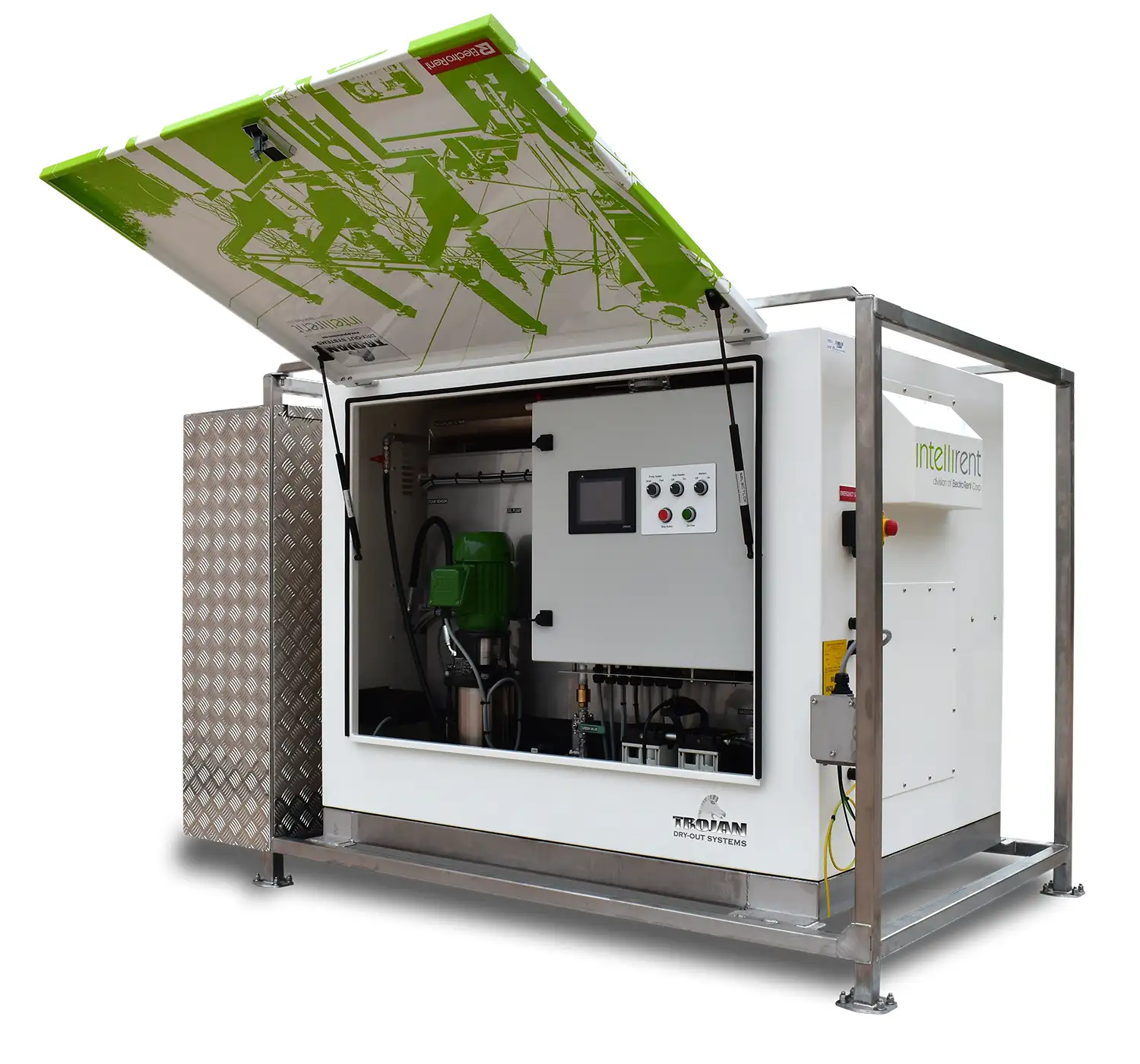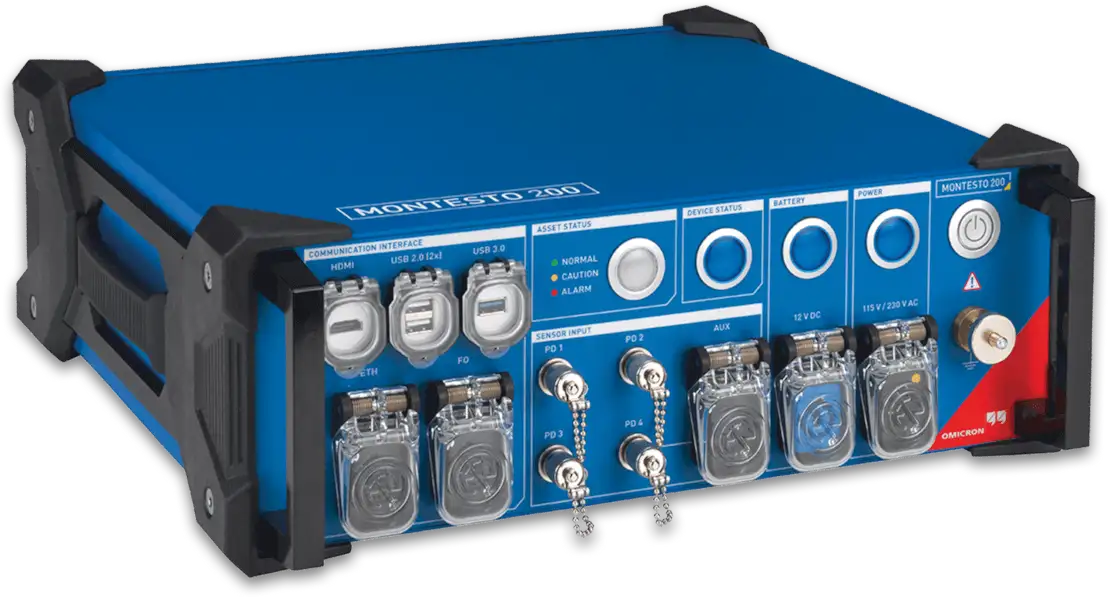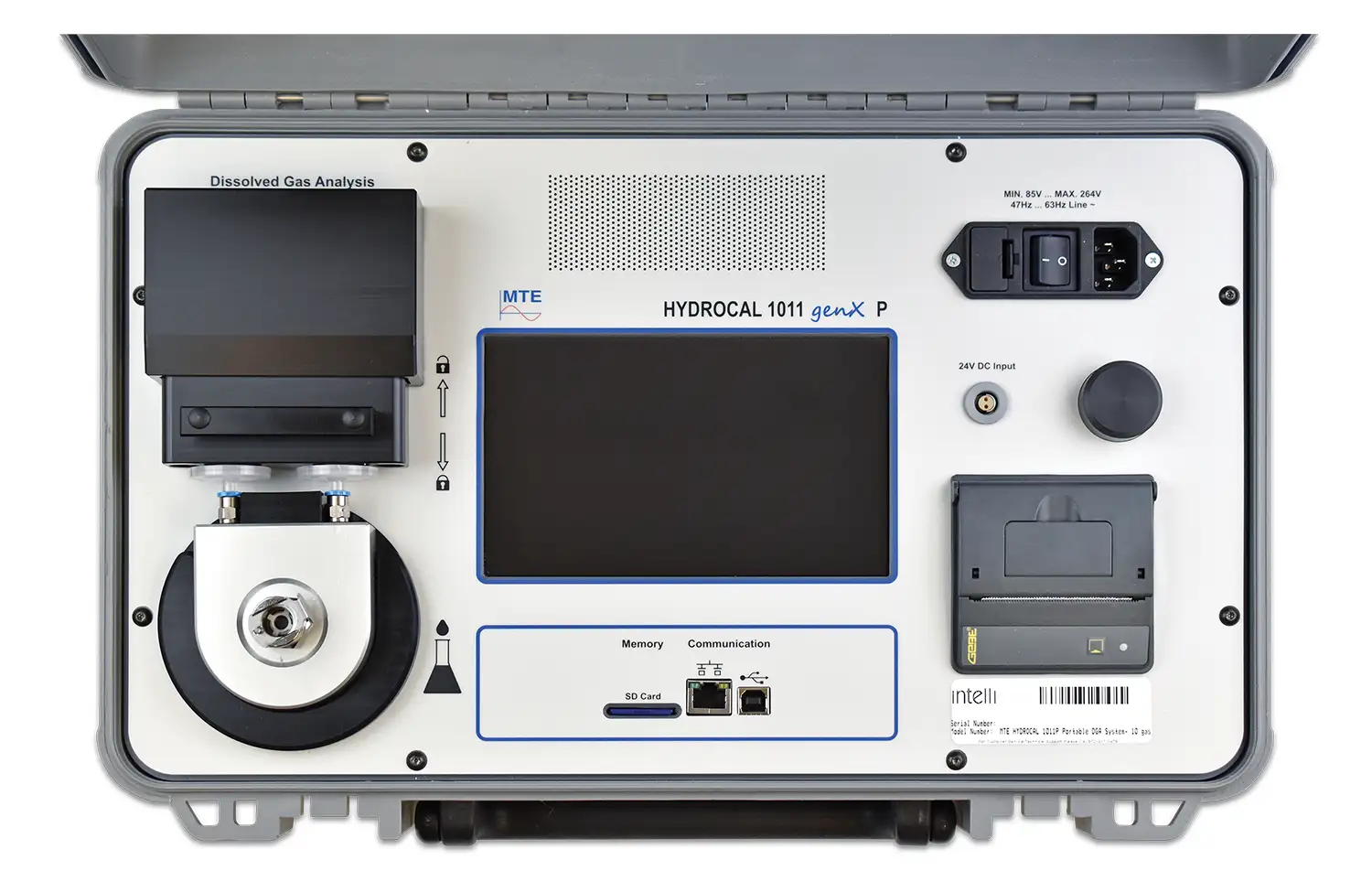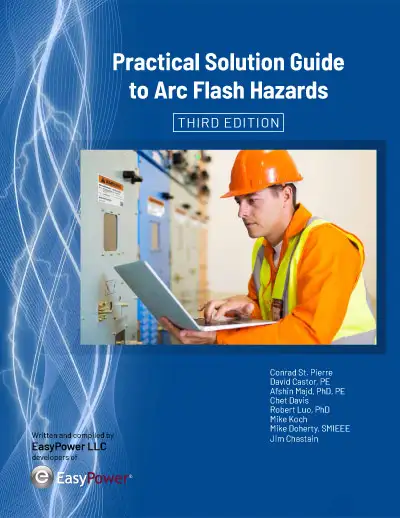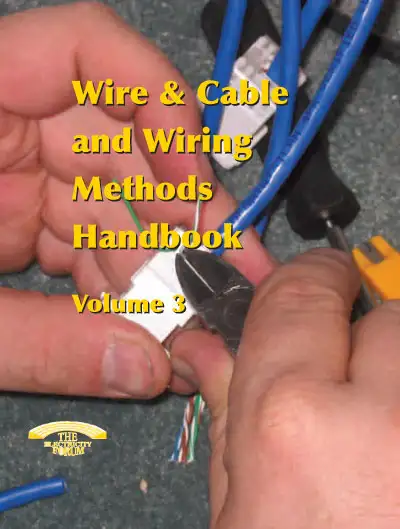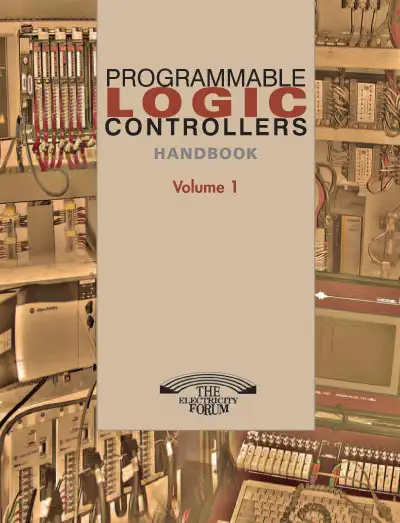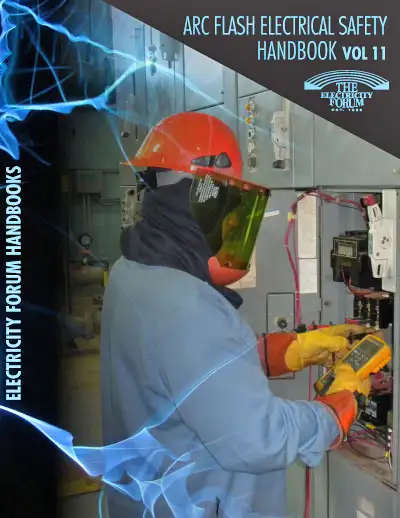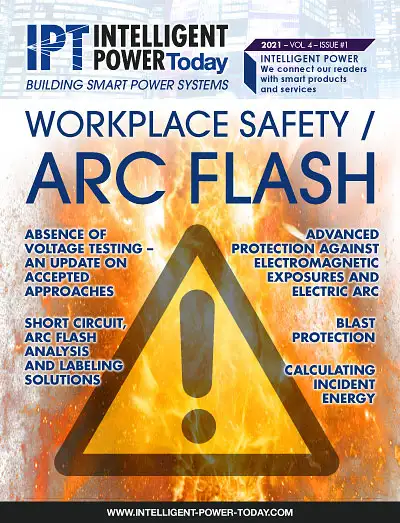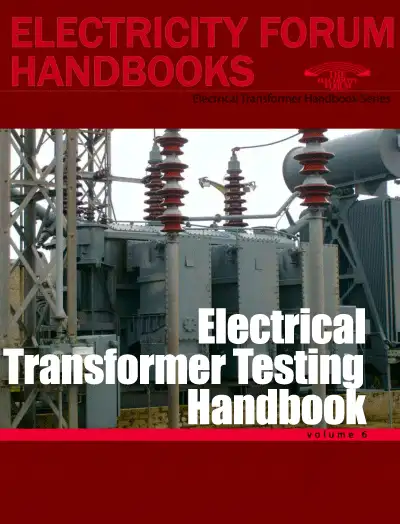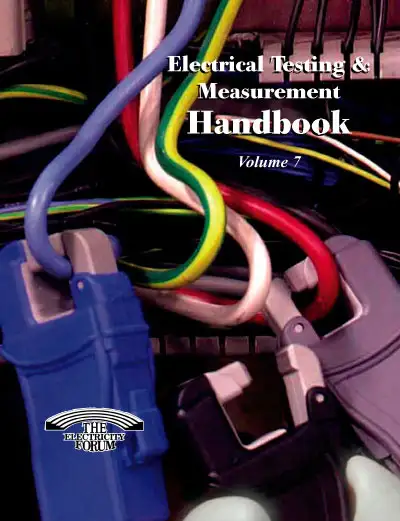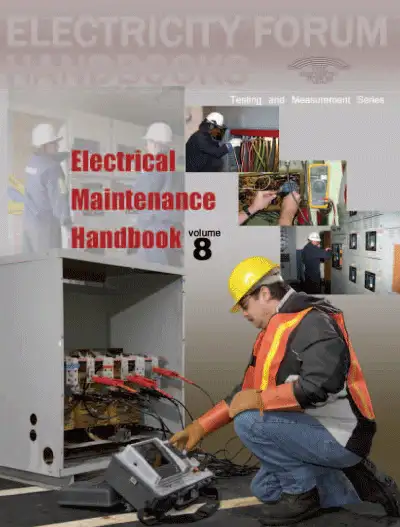Current Transformer - HV Application
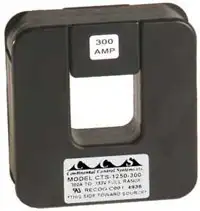
A Current transformer (CT) is an essential electrical system component, particularly in high-voltage applications. They are used to measure current by transforming high current levels to lower, more manageable values that can be easily monitored and recorded. This article will explore the various aspects of current transformers, including their types, uses, issues, and safety considerations.
What is a Current Transformer and How Does It Work?
A CT is an instrument that reduces high current levels to lower values. It consists of a primary winding, which carries the high current, and a secondary winding, which produces a proportional lower current. This device is crucial in electrical systems where direct measurement of high current is impractical due to safety and equipment limitations.
CTs are specialized devices designed to transform high currents into proportionally smaller currents that can be easily measured and analyzed. They operate on the principle of electromagnetic induction, where the current flowing through the primary winding induces a current in the secondary winding. The ratio of the primary current to the secondary current is known as the CT ratio.
CTs are typically used in conjunction with other instruments such as ammeters, wattmeters, energy meters, and protective relays. By measuring the secondary current, these instruments can indirectly measure the high primary current flowing through the conductor, without the need for direct contact with the high voltage lines.
Construction and Design
CTs are available in various designs, each suited for specific applications. The most common types include:
- Window-type CTs: These CTs have a single primary turn, which is simply the conductor passing through the center of the CT. They are ideal for measuring currents in high voltage transmission lines.
- Ring-type CTs: These CTs have a toroidal core with multiple primary turns. They are commonly used in switchgear and other electrical panels.
- Split-core CTs: These CTs have a hinged core that can be opened to allow for easy installation on existing conductors without the need to disconnect them.
Split-core CTs: A Convenient Solution
Split-core CTs offer a convenient and flexible solution for current measurement in situations where it is difficult or impractical to disconnect the conductor. They are particularly useful in retrofitting existing installations or in situations where downtime needs to be minimized.
The hinged core of a split-core CT allows it to be easily opened and placed around the conductor. Once the core is closed, it forms a complete magnetic circuit, enabling accurate current measurement. Split-core CTs are available in various sizes and current ratings, making them suitable for a wide range of applications.
Applications
CTs find applications in numerous areas within electrical power systems, including:
- Metering: CTs are used in conjunction with energy meters to measure the amount of electrical energy consumed by a load.
- Protection: CTs are used in protective relays to detect overcurrents, short circuits, and other faults in the power system. These relays can then trip circuit breakers or take other corrective actions to protect the equipment and personnel.
- Monitoring: CTs are used to monitor the current flowing through various circuits, providing valuable information about the system's operation and performance.
- Control: CTs are used in control systems to regulate voltage, current, and power flow.
Safety Considerations
When working with CTs, it is important to be aware of the following safety considerations:
- High Voltage: CTs are often used in high voltage environments, so it is crucial to follow proper safety procedures to avoid electrical shock.
- Open Secondary Circuit: Never open the secondary circuit of a CT while current is flowing through the primary. This can induce a dangerously high voltage in the secondary winding.
- Short Circuit: Always short-circuit the secondary terminals of a CT before disconnecting it from the measuring instrument. Failure to do so can result in a high voltage spike that can damage the CT and other equipment.
The Most Common Use
The primary use of a CT is in the measurement and monitoring of high voltage electrical systems. They provide the necessary data for metering and protective relays, ensuring accurate monitoring and safe operation of the electrical network. These are widely used in power distribution systems, industrial applications, and utility metering.
Two Main Purposes
CTs serve two main purposes:
- Metering: They enable accurate measurement of current for billing and monitoring purposes. By reducing high currents to a lower, standard level, they allow the use of standard measuring instruments.
- Protection: They provide the necessary current signals to protective relays, which detect faults and initiate appropriate protective actions to safeguard the electrical system.
Different Types of Current Transformers and Their Applications
There are several types of current transformers, each designed for specific applications:
- Wound Type: These have a primary winding connected in series with the circuit. They are used in precise applications where high accuracy is required.
- Toroidal Type: These are doughnut-shaped and have no primary winding. The conductor carrying the current is passed through the center. They are used in differential protection and ground fault detection.
- Bar-Type: The primary winding is a bar through the core. They are used in high current applications.
- Split Core: These CTs can be opened, allowing them to be installed without disconnecting the circuit. They are used in retrofit applications and for temporary measurements.
Selecting the Right Current Transformer for a Specific Application
Choosing the right CT involves considering several factors:
- Primary Current Rating: Ensure the CT's rating matches the system's current.
- Accuracy Class: Select an accuracy class that meets the requirements of the application, whether it's metering or protection.
- Burden: Ensure the secondary load (burden) is within the CT's specifications.
- Type: Choose the appropriate type (wound, toroidal, bar-type, split core) based on the installation and measurement needs.
Common Issues and Troubleshooting Steps
Several issues can affect the performance:
- Saturation: Occurs when the core becomes magnetically saturated, leading to inaccurate measurements. This can be mitigated by ensuring the transformer operates within its rated current.
- Accuracy Errors: These can arise from improper installation, incorrect burden, or manufacturing defects. Regular calibration and maintenance can help maintain accuracy.
- Insulation Failures: High voltage stresses can cause insulation breakdown. Ensuring proper insulation ratings and regular inspections can prevent failures.
A Current transformer plays a critical role in accurately measuring and protecting high-voltage electrical systems. Understanding their operation, types, and applications is crucial for selecting the right transformer and ensuring its reliable and safe performance. These CTs can provide long-term, dependable service in various electrical applications by addressing common issues and adhering to safety practices.
EF PARTNER MEDIA
Videos
Product Showcases
Shared Media





